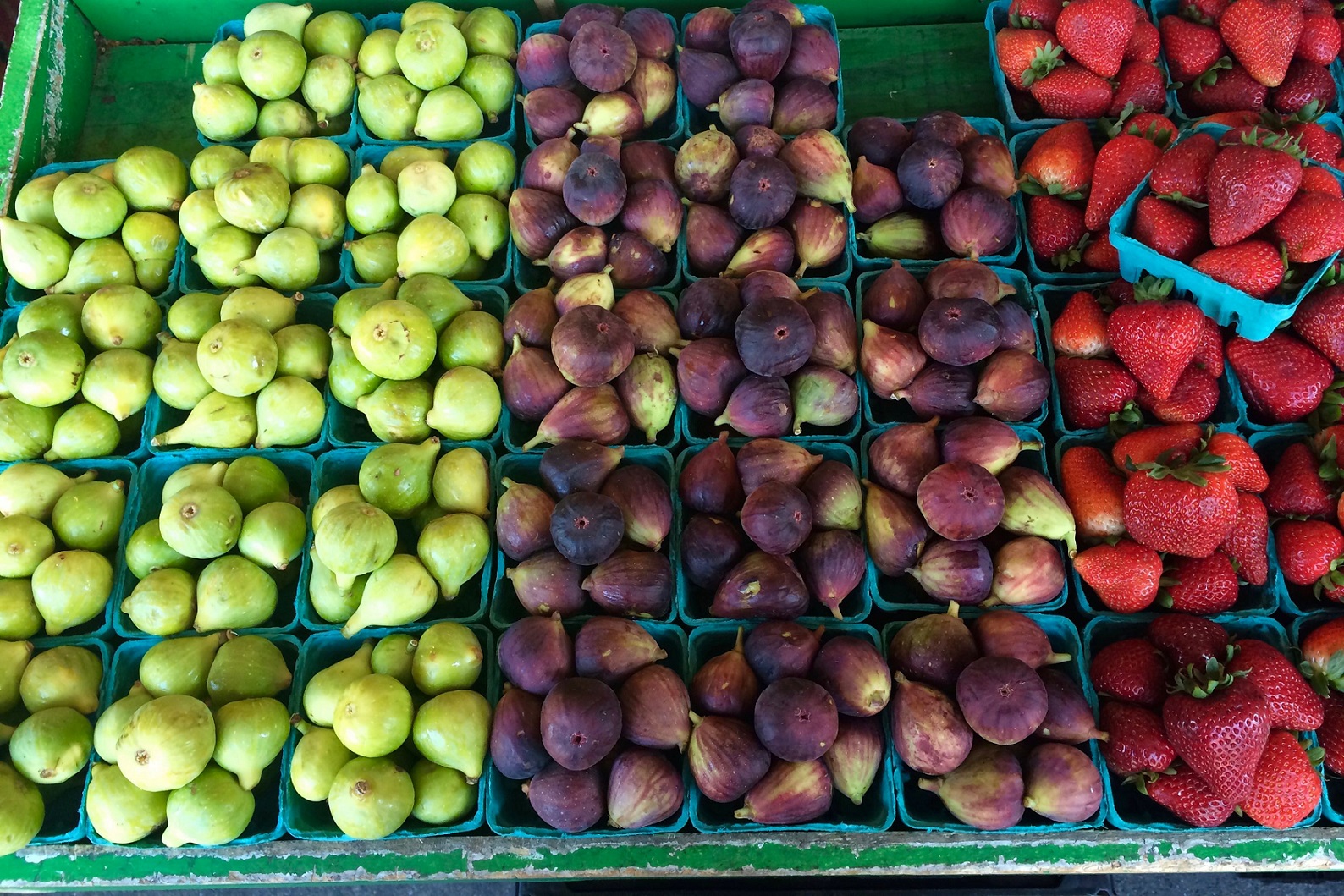Throwback Thursday: From the Vault
While recently perusing the many colorful stands at the local farmers’ market, I gave myself a pat on the back for buying local. But when I stopped to think about it, what was it about eating locally produced food that was deserving of this self-praise?
“Eat local” has become an increasingly trendy approach to food, with restaurants advertising “locally grown fare” and cities hosting Eat Local Challenges. The phrase has become the mantra of many who claim that increased local food production and consumption have significant economic, environmental, and social benefits. It sounds pleasant enough – local food has less distance to travel from ground to table, and it’s emotionally comforting to be able to chat with a local farmer about her growing practices while purchasing a head of kale. Though it is true that local farmers’ markets are generally pleasant places, the alleged larger benefits of the “locavore” philosophy are not always entirely true.
In the 2010 Spring edition of PERC Reports, food security researcher Hiroko Shimizu debunked some locavore fallacies:
Myth 1: Eating locally produced food reduces our environmental impact.
Facts: Productivity differences: Locavores ignore that some locations are better suited to produce certain types of food than others.
Production technologies matter: “Food miles” refer to the distance food travels from farms to retailers. In the American case, the food production stage (planting, irrigating, harvesting, using heated greenhouses, applying fertilizers and pesticides, etc.) contributes far more greenhouse gas emissions (83%) than the food miles segment (4%). Therefore, the resources needed to produce food matter a lot more than how close a production venue is to consumers… Turning our backs on the global food supply chain for increased reliance on less efficient local producers implies a huge waste of resources.
Myth 2: Local food is inherently safer.
Facts: There is safety in numbers: All types of agricultural productions and locations suffer from bad years because of factors ranging from poor weather to pest or fungus infestations. Relying on multiple foreign suppliers insures a more stable and affordable supply than would otherwise be the case.
Food safety and quality lay golden eggs: Big supermarket chains that buy directly from producers insist on rigorous standards in both the developed and less developed world. Paradoxically, most of the food sold at local farmers’ markets does not undergo the same kind of scrutiny.
Myth 3: Local food promotes economic growth and social justice.
Facts: Expensive local food harms the local economy: The number of U.S. farmers’ markets has almost doubled in the last decade, but most of the items sold in these venues are much more expensive than in regular grocery stores. The more money is spend on expensive local food, the less money is available for other items and services.
Buy local policies harm the development of less advanced economies: Encouraging the purchase of uncompetitive local products benefits some farmers in advanced economies at the expense of agricultural producers in less developed economies whose economic development depends on their capacity to export agricultural products.
In light of clearing up these myths, it turns out that a strict local food diet is often not the best way to promote the most efficient use of our resources. The locavore approach ignores comparative advantages and benefits from trade. One way to reduce the carbon footprint of agricultural production while keeping consumer costs low is to produce food where it can be done most efficiently and then engage in international trade. For example, Peru’s warm weather, loose soil, and plentiful supply of labor combine to produce an asparagus yield more than three and a half times higher than the United States’. This means that even though Peruvian asparagus is flown to the United States, its overall input and energy requirements are lower than for the U.S.-grown asparagus on the grocery store shelf next to it.
Eating local may bring personal satisfaction in knowing where your food came from and who produced it, but eating global based on affordability, availability, and quality may be a better way to conserve our resources.




